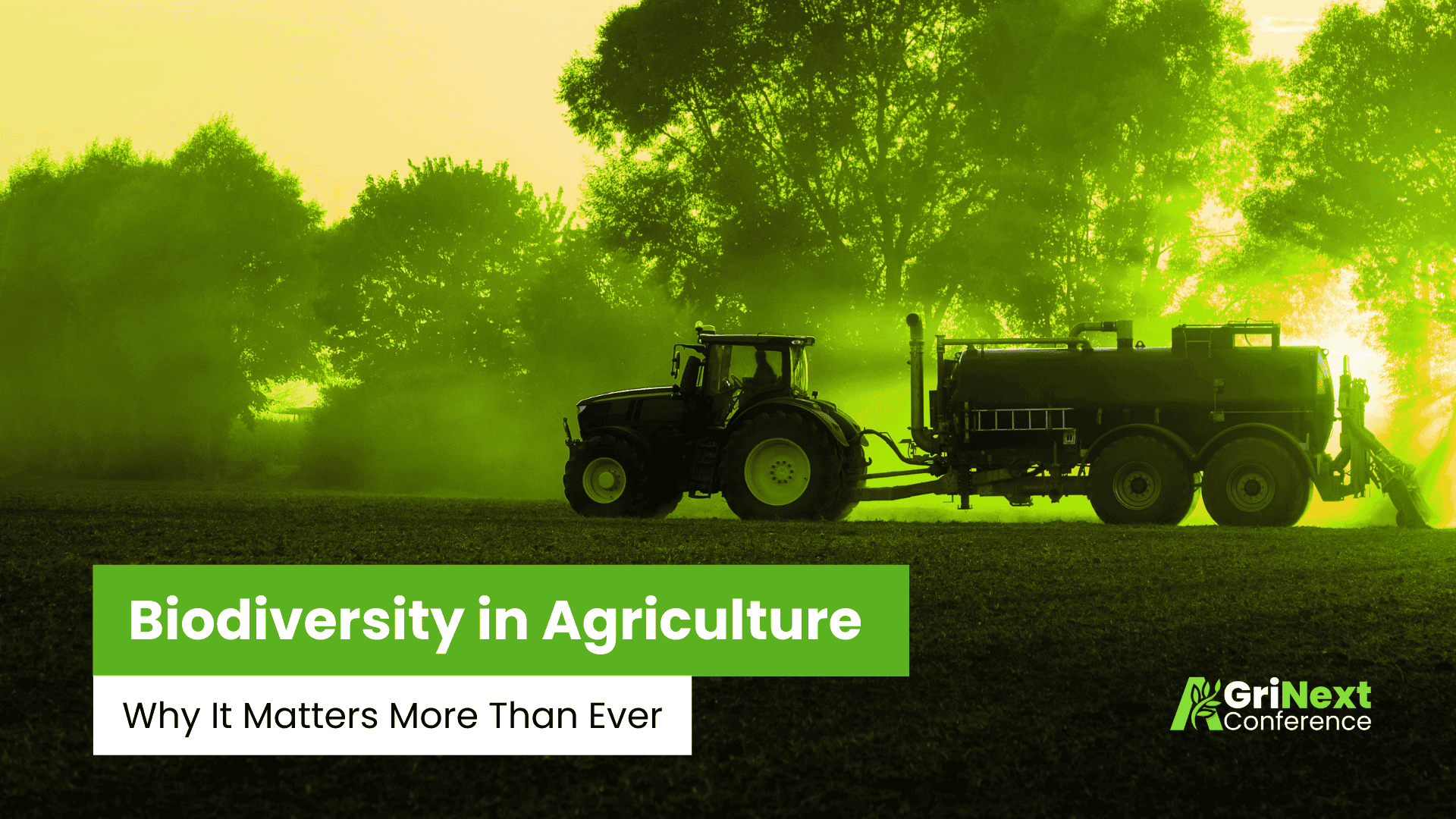
Biodiversity in agriculture refers to the diversity of crops, livestock, and other organisms that make up a farming ecosystem. It is essential for creating resilient and sustainable farming systems. With the increasing frequency of climate change, soil degradation, and pest outbreaks, biodiversity’s role in agriculture has never been more crucial.
To understand the full impact of biodiversity, we must look at how it helps farms cope with environmental stress.
Building Ecosystem Resilience
Agricultural biodiversity helps farms withstand extreme weather events, pest infestations, and diseases. Diverse cropping systems and integrated farming techniques create balanced ecosystems that are more resilient to external shocks. For instance, in India, rice farmers who use traditional varieties instead of hybrids have observed better resistance to flooding and drought. A study by the International Rice Research Institute (IRRI) showed that fields with diverse rice varieties had a 10-15% higher survival rate during extreme weather conditions compared to monoculture fields.
Beyond weather resistance and pest control, biodiversity also nurtures one of agriculture’s most crucial resources: the soil.
Supporting Soil Health and Fertility
Healthy soil is the foundation of agriculture, and promoting biodiversity helps maintain its vitality.
Crop diversity enhances soil health by encouraging the presence of beneficial microorganisms and reducing dependency on chemical fertilizers. Practices such as crop rotation and intercropping can improve soil structure, increase organic matter, and reduce erosion. In Brazil, farmers who practice crop rotation with legumes and grains have seen a 30% improvement in soil fertility. The Soil Association emphasizes that biodiverse farms promote natural nutrient cycling, reducing the need for synthetic inputs.
As biodiversity enriches the land, it also preserves the human knowledge that has cultivated it for generations.
Conserving Indigenous Knowledge and Heritage
Biodiversity is not just about the environment; it also preserves cultural heritage. Indigenous communities have developed traditional farming practices based on diverse local crops that are well adapted to specific regional conditions. These practices are a reservoir of knowledge that can offer solutions to modern agricultural challenges. The Navdanya movement in India, founded by Dr. Vandana Shiva, works with farmers to conserve traditional seeds, supporting biodiversity and preserving cultural heritage.
The Food and Agriculture Organization (FAO) reports that since the 1900s, the world has lost 75% of its crop diversity. This drastic decline underscores the urgent need to protect and revive indigenous crop varieties, which are essential for food security and climate resilience.
Agroecological practices in Latin America provide compelling examples of how biodiversity can lead to tangible results.
Real-World Example: Agroecology’s Success in Latin America.
Countries in Latin America, such as Cuba and Mexico, have been at the forefront of promoting agroecological farming systems that rely on biodiversity. Following economic crises that limited access to chemical inputs, Cuban farmers began adopting practices that included crop rotation, intercropping, and organic farming. These methods have led to higher crop yields, better soil health, and increased resilience against pests. The Agroecology Fund reports that farms using agroecological practices in Cuba have outperformed conventional farms, particularly during times of water scarcity.
A key driver behind these successful models is the preservation and use of diverse, locally adapted seeds.
Seed Diversity: Preserving Heirloom and Indigenous Varieties
Preserving a wide range of seed varieties is crucial for maintaining genetic diversity in agriculture. Heirloom and indigenous crops are often more resilient to local pests, diseases, and changing climates. Community-based initiatives and seed banks play a vital role in conserving these varieties and ensuring farmers have access to seeds best suited for their regions.
For instance, India’s Navdanya movement has collected and safeguarded over 5,000 traditional seed varieties, empowering farmers to practice sustainable agriculture while protecting food sovereignty and cultural heritage.
Concluding Thought
Biodiversity in agriculture is not just about conserving nature; it’s about building a resilient, sustainable, and equitable food system for the future. With the growing threat of climate change, promoting and preserving agricultural biodiversity is essential for ensuring food security, protecting the environment, and supporting farmers worldwide.
AgriNext 2025 will spotlight these themes through global forums and innovation showcases, emphasizing how biodiversity and agroecology can drive sustainable farming. The event will bring together pioneers in agricultural resilience, from seed savers to soil scientists, highlighting biodiversity as a pillar for the future of farming.
References
International Rice Research Institute (IRRI)
Food and Agriculture Organization (FAO)
Signup For AgriNext Conference Newsletter

